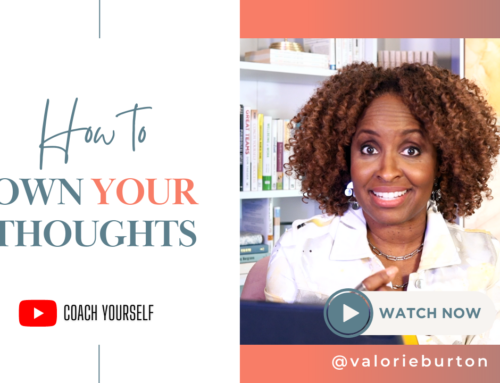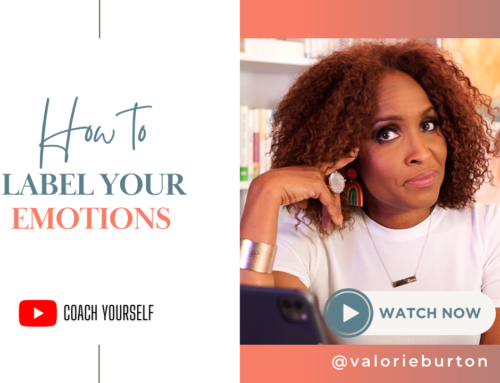The number-one problem in today’s generation and economy is the lack of financial literacy.
Alan Greenspan
Even when times may be tough financially, some of us still don’t have a handle on our spending. It’s not for lack of knowledge. Often, it’s a struggle with self-control. You went to the mall to buy a birthday gift for your niece and walked out with a new pair of shoes for yourself. You’ve tried a budget, but somehow you always seem to find something to spend money on that wasn’t in it. Can you relate? If so, consider these practical strategies to get your emotional spending under control:
1. Sleep on it.
If you think you just have to have it, whatever it is, make it your rule to sleep on your decision. Very few things are so urgent that you can’t wait 24 hours to make your purchase.
2. Phone a friend.
You are far more likely to accomplish a goal if you tell someone else you’ve set it. So, tell a friend about your goal to stop digging yourself into more credit card debt. Then when you find yourself about to make another purchase you can’t afford, call them up and let them talk you down.
3. Never go shopping alone.
If you can’t trust yourself to phone a friend, then don’t go shopping alone. Have someone with you who will hold you accountable and remind you of your goals. Refuse to use “retail therapy” to deal with loneliness, boredom, or disappointments. Indulge in new hobbies that are active and foster connection and stronger relationships. Focus less on accumulating stuff and more on enjoying experiences with people and things that matter to you.
4. Plan for it.
Right now, take out a notepad and jot down the most important thing you need, and then the most important thing you want. How much will each cost? Jot that down. How long would it take you to save for each? Practice delayed gratification. It forces you to appreciate the true value of your money, which will help you spend your money more consciously.
5. Keep a picture of your goal in front of you.
To keep yourself reminded of your goal put a photo that illustrates the goal in front of you. Whether on your refrigerator, in your purse, or on your bathroom mirror, make the vision plain and visible.
6. Take the credit cards out of your wallet.
As the saying goes, if you want to get out of the hole you’re in, first, stop digging! If you’re in debt, it’s time to stop adding to your debt. And if you’re an emotional spender, keep your impulse purchases to a minimum by leaving your credit cards at home. No need to make it easy to charge it.
7. Use cash.
There’s something about forking over cash that makes you spend less. As simplistic as it sounds, one of the best ways to curb spending is to determine your budget for various expenses (i.e., lunch, groceries, clothing, etc.), then take out your budgeted amount in cash. While it can be easy to lose track of how much you spend when you swipe a credit or even a debit card, cash forces you to count and keep track of what you spend in a concrete way.



